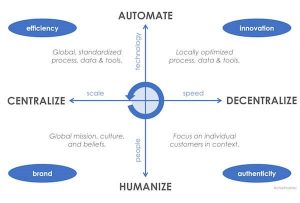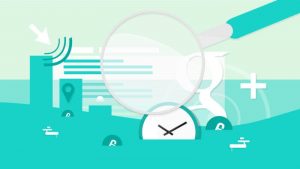Have you ever landed on a website that takes forever to load? If you have, then I don’t need to tell you how frustrating the experience is.
It’s a big enough reason for you to quickly exit from that site and probably decide never to return to it ever again. Your website visitors can do the same thing if you don’t optimize your website for speed.
A slow-loading website can not only hamper your brand reputation but can also stop you from reaching your conversion goals. This can seriously affect your profitability and hamper your growth that’s required in order to achieve success.
That’s why it’s extremely important for you to ensure that your website has a good loading speed.
Don’t know your website speed? Use the IsItWP Website Speed Test Tool to find it out for free.
The faster your site loads, the better it is. Ideally, a good loading speed for any site is considered to be 2-3 seconds. If this gets delayed even by a single second, your visitors might consider abandoning your website.
But how do you ensure that your site loads within 2 seconds? There are various ways of doing that. Let me show you 3 powerful yet easy ways to speed up your website and increase your conversions.
1. Pick a Good Web Hosting Plan
Web hosting is one of the most overlooked factors when it comes to website speed. But your web hosting plan can be the main reason for your poor website performance.
So do your research well before selecting your web hosting service provider. Many small businesses opt for shared hosting plans when they start out because of how affordable they are. And that’s completely fine as long as your visitors per day is within the 1K mark.
Most shared hosting plans offer limited bandwidth and RAM. This means that your website performance will start getting affected the moment your website gains a boost in its traffic.
And even if you have fewer visitors on your website, you won’t be able to add too many high-quality videos or custom apps to your site with the limited bandwidth and RAM.
The good news is that you can continue using the same plan if your web hosting service provider offers the scalability of its services. This will offer you the option to expand your bandwidth and RAM when the need arises.
All you have to do is upgrade your plan, and you’re done. The best thing is that it doesn’t involve any migration or other technicalities that you may not want to go through.
So before selecting your web hosting plan, make sure that your service provider has the option to let you draw more bandwidth and storage whenever the need arises.
2. Reduce Server Response Time
The amount of time your DNS lookup takes has a lot to do with your website speed. A DNS or domain name system is a database of IP addresses and their associated hostnames.
When a user enters a URL in their browser, this DNS will quickly translate it into its IP address. This is done to identify the location of the URL on the internet. Now your ISP will lookup for the DNS record to locate the IP address associated with the URL entered by your user. This is called the DNS lookup.
Once it finds the IP address, it knows where exactly to look up for the URL. IP addresses are usually in the form of numbers like 72.80.57.148.453. Because of the DNS lookup process, users don’t need to memorize them in order to find information online.
The amount of time this step takes depends on the speed of your DNS provider. If you’re using a slow DNS, it’s time to switch to a faster one. This will instantly improve your website speed and offer a great user experience to your users too.
3. Optimize Images
There’s no doubt that images make your posts more engaging. But because of the large size of these files, they can affect your website performance by decreasing the loading speed. But you can’t remove them entirely either.
This is especially true if you’re running an eCommerce website. Besides making your content more engaging, by adding product images to your eCommerce site, you can let your users know what to expect before making the purchase. This helps increase engagement and boosts your conversions too.
So what do you do to ensure that you use images on your site without impacting your site performance? The best way is to optimize them before adding them to your posts. There are several options online that let you compress your images for free. So use them to compress your images and ensure that your site loads faster.
These are some of the ways to speed up your website. People hate slow sites, and as mentioned before, it is one of the biggest reasons that can make them abandon your website and decide never to return again. If that happens, your entire business will get affected. So if your site is loading slow, fix it now.
Business & Finance Articles on Business 2 Community
(18)
Report Post



